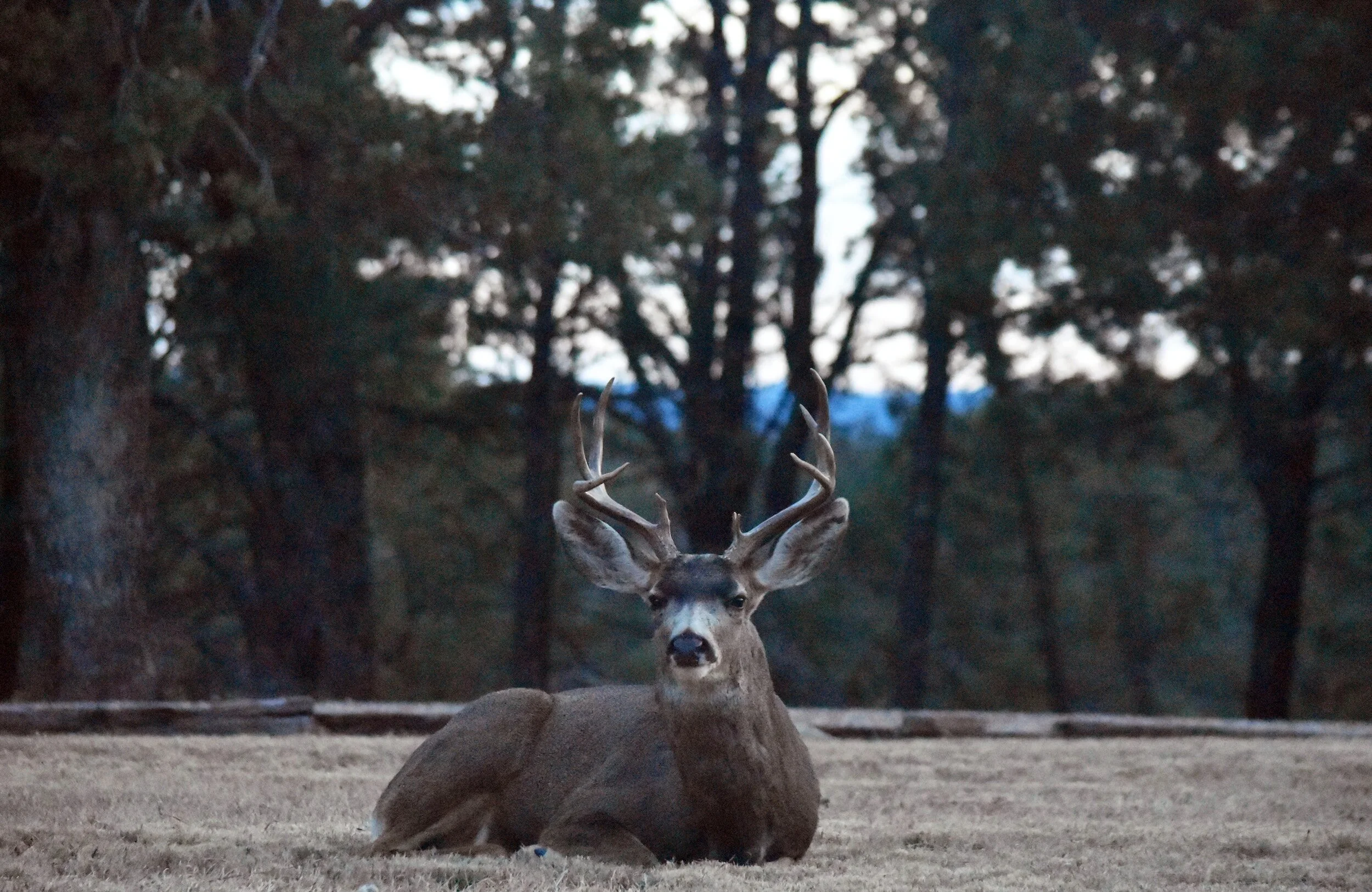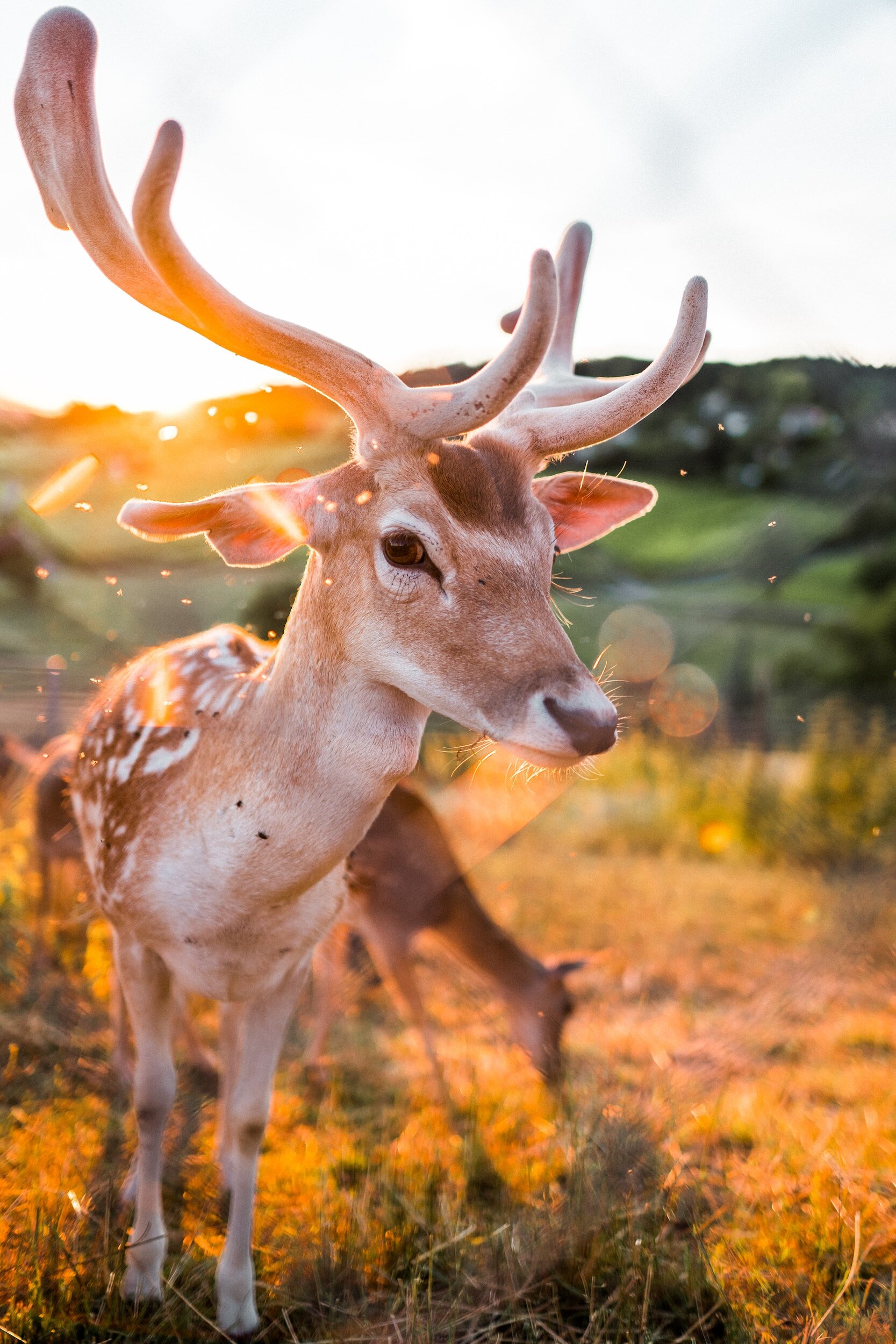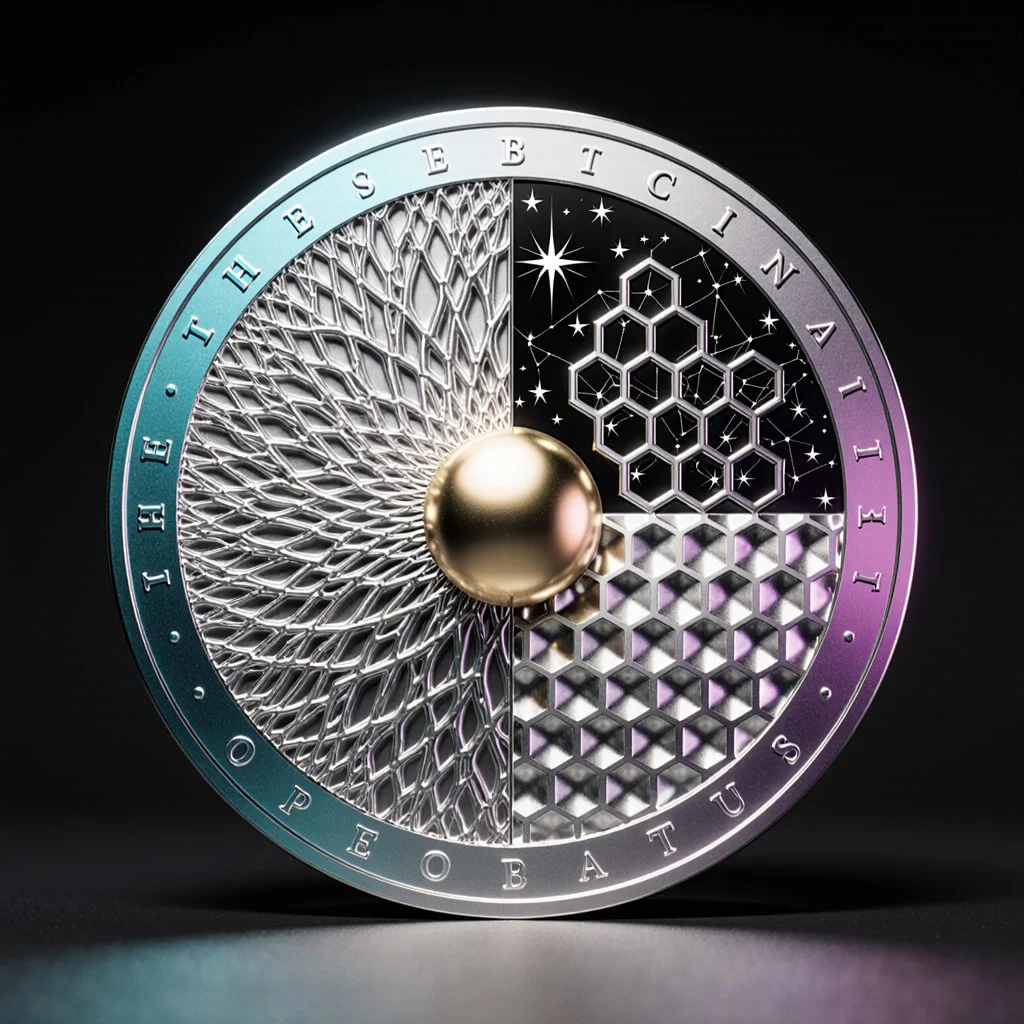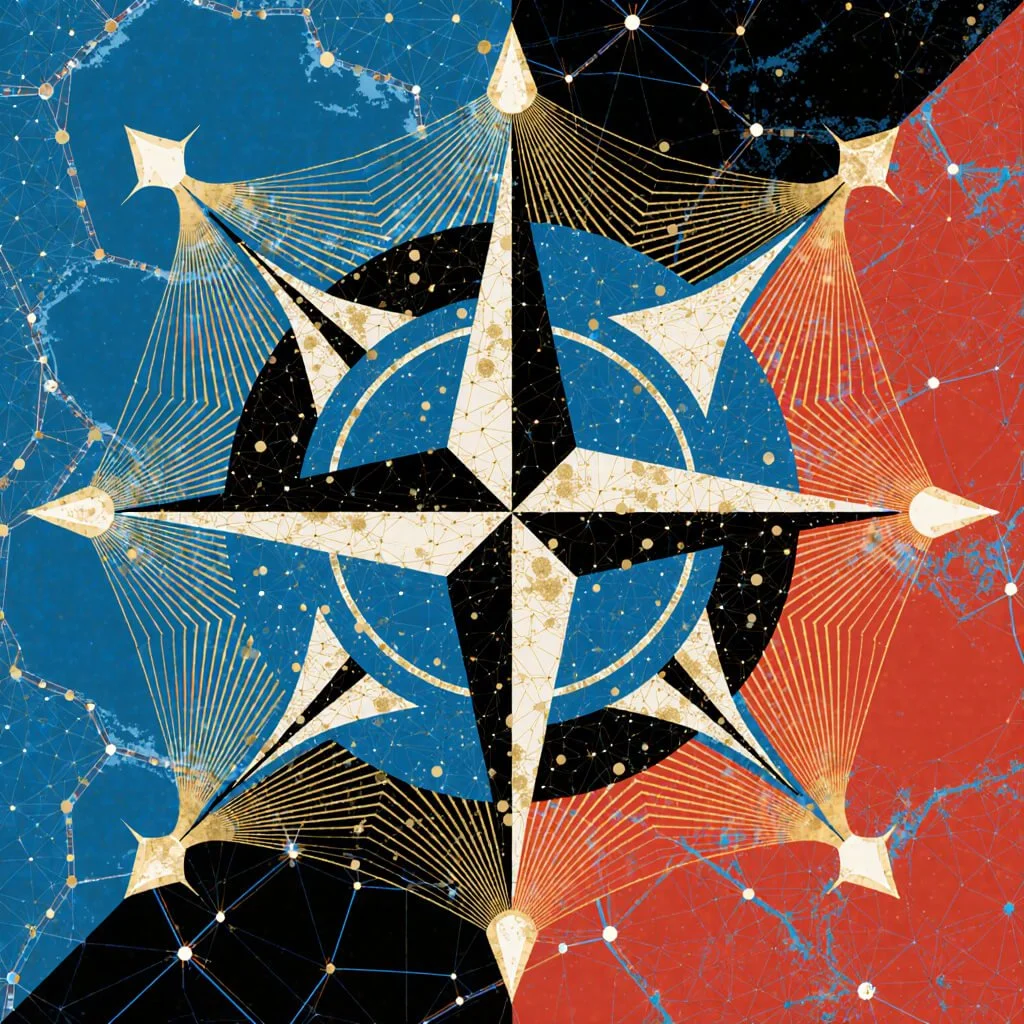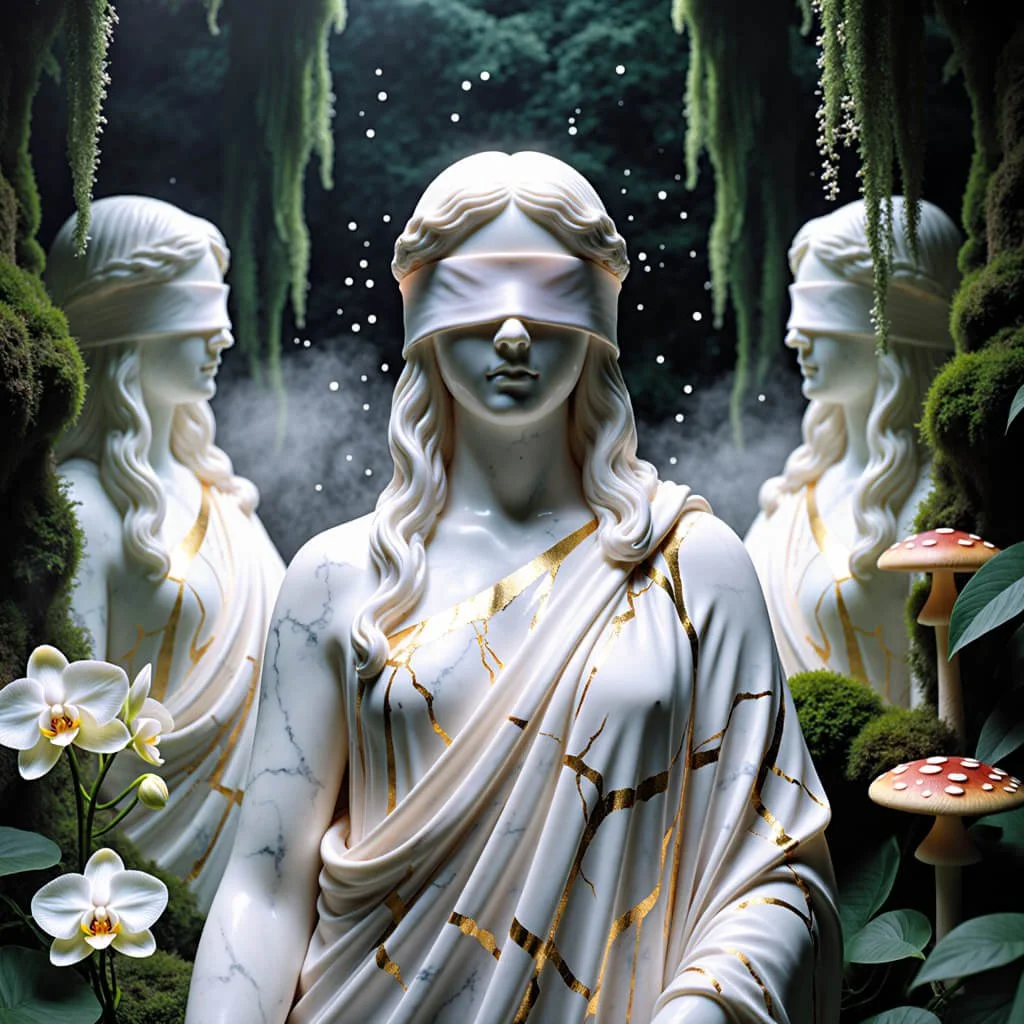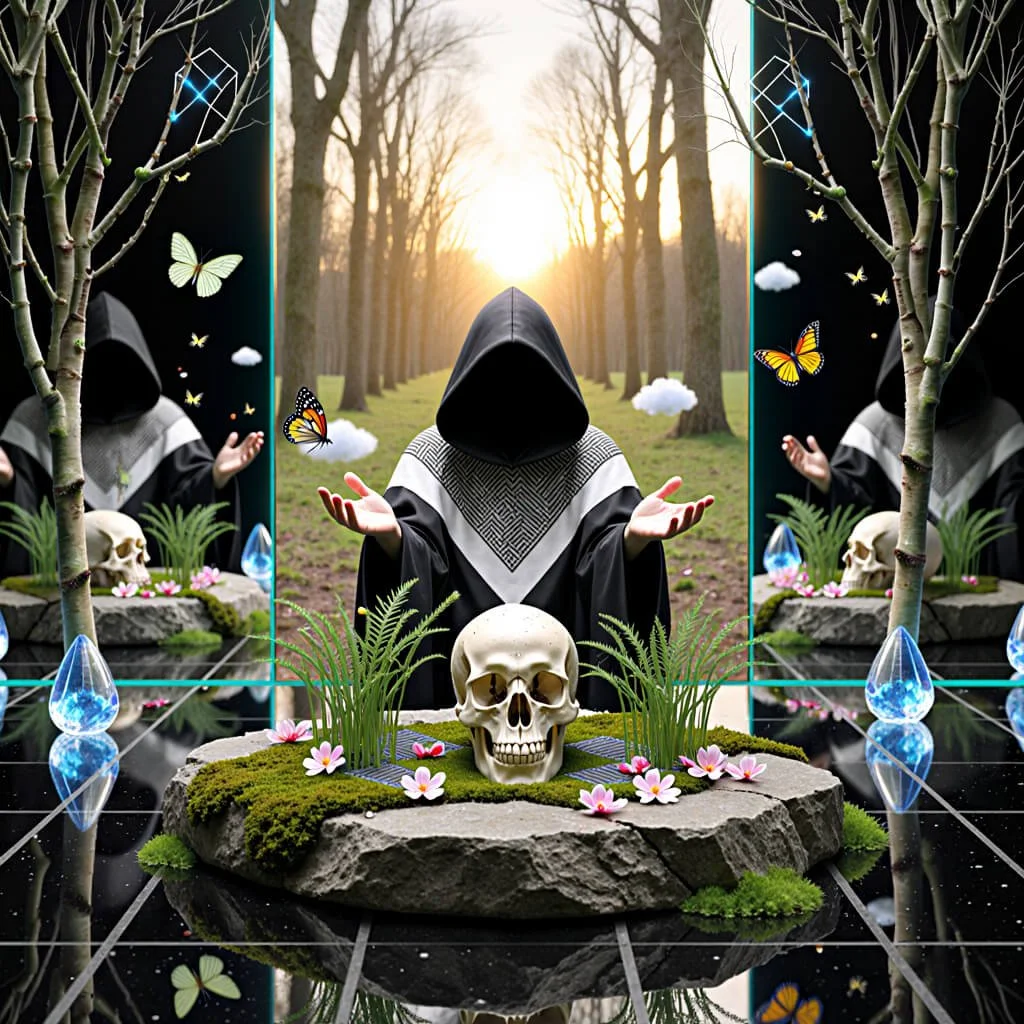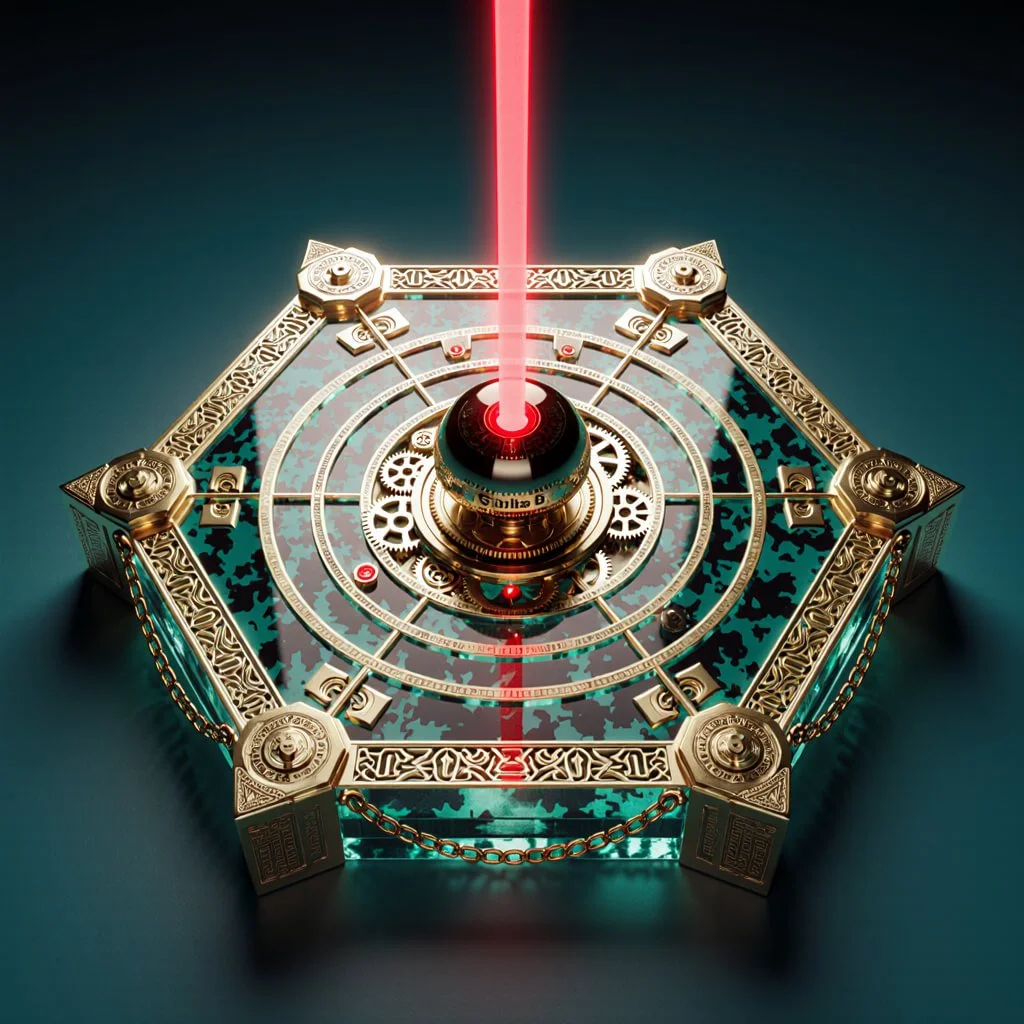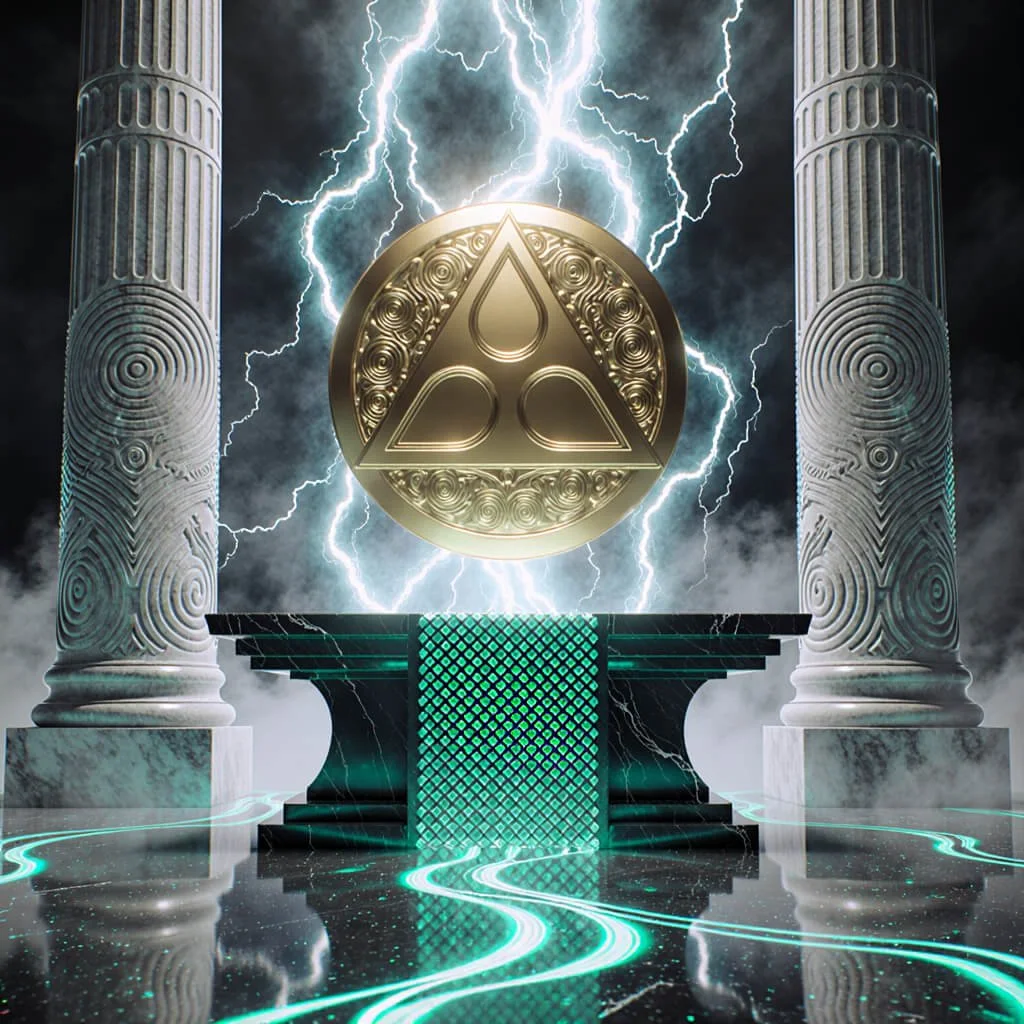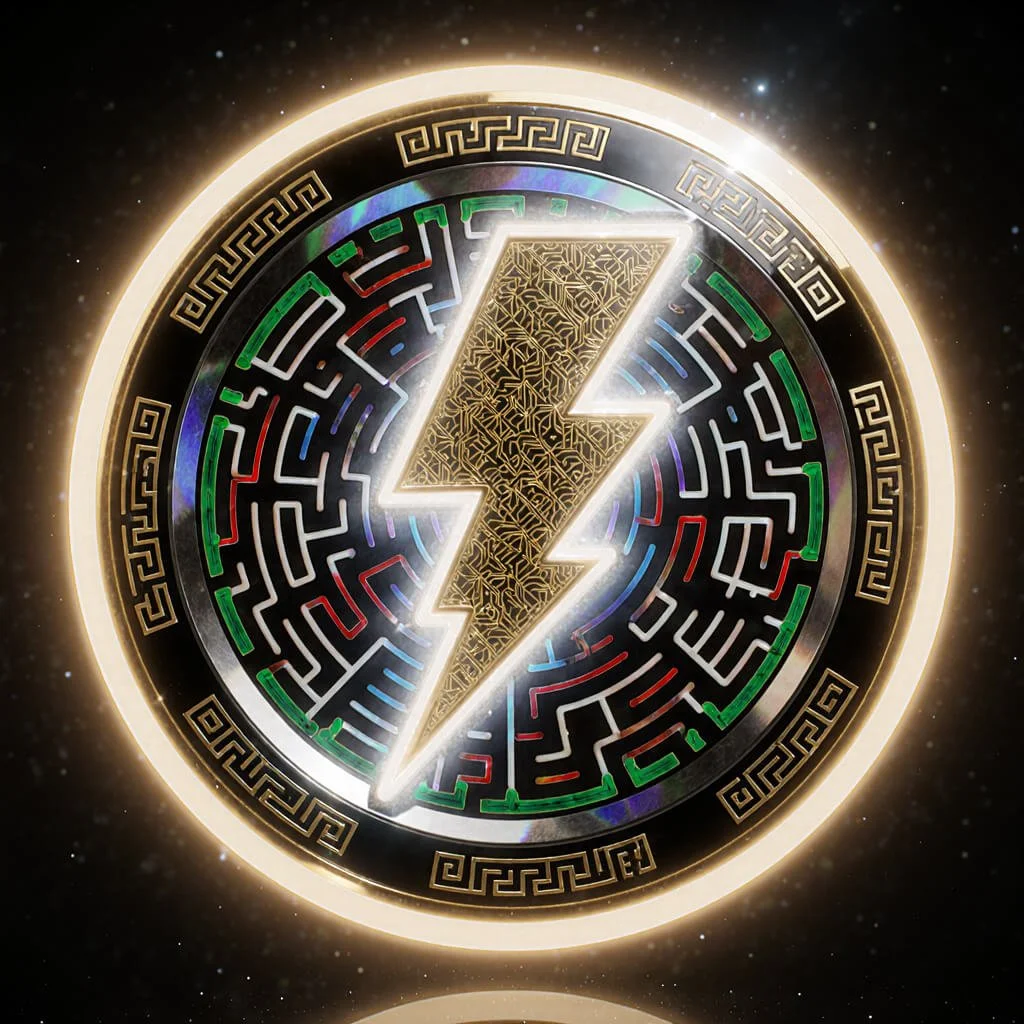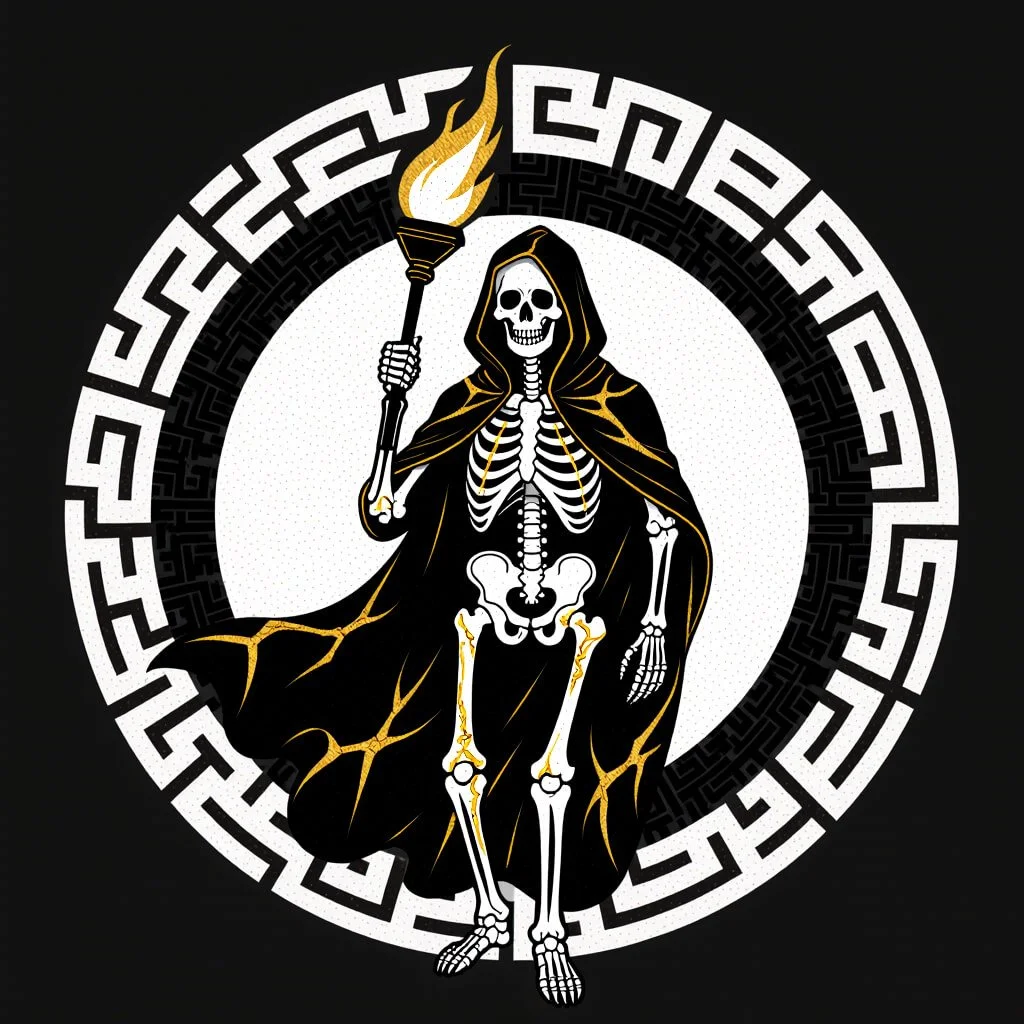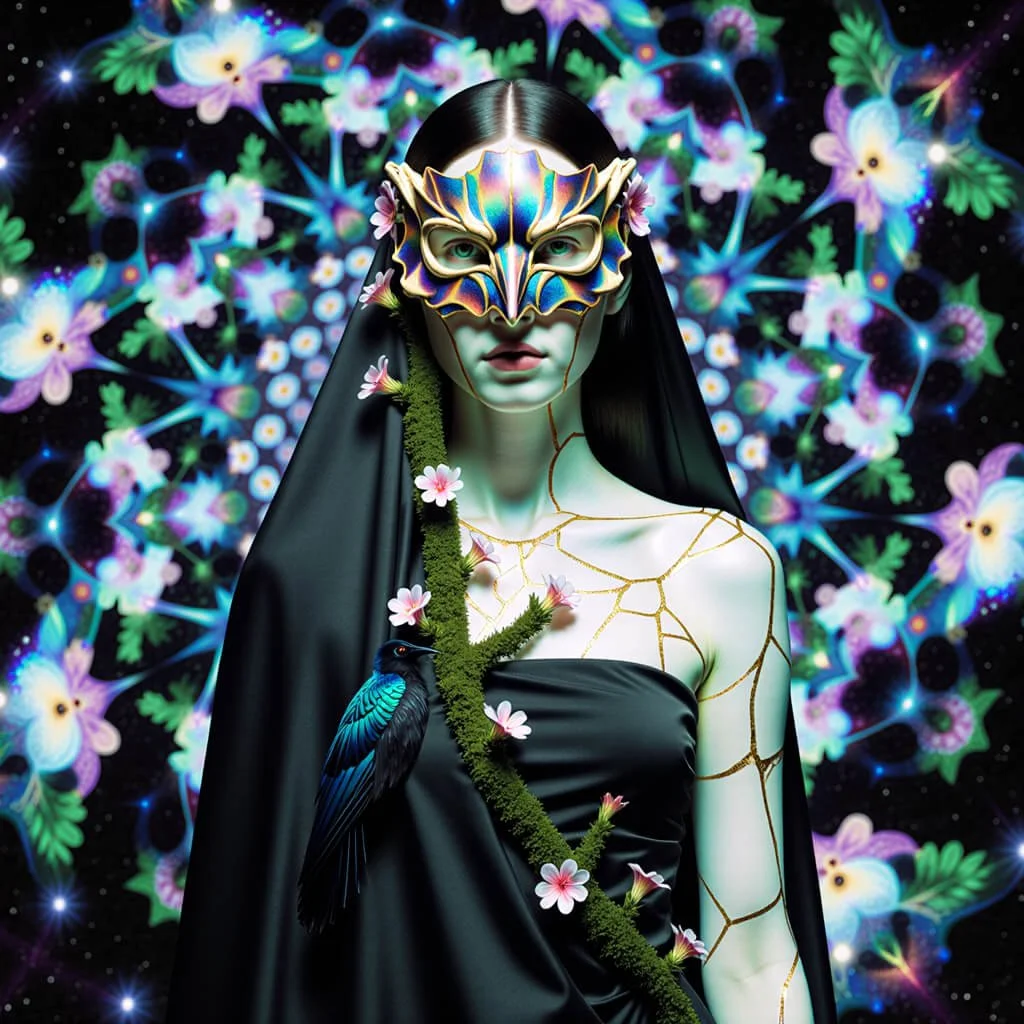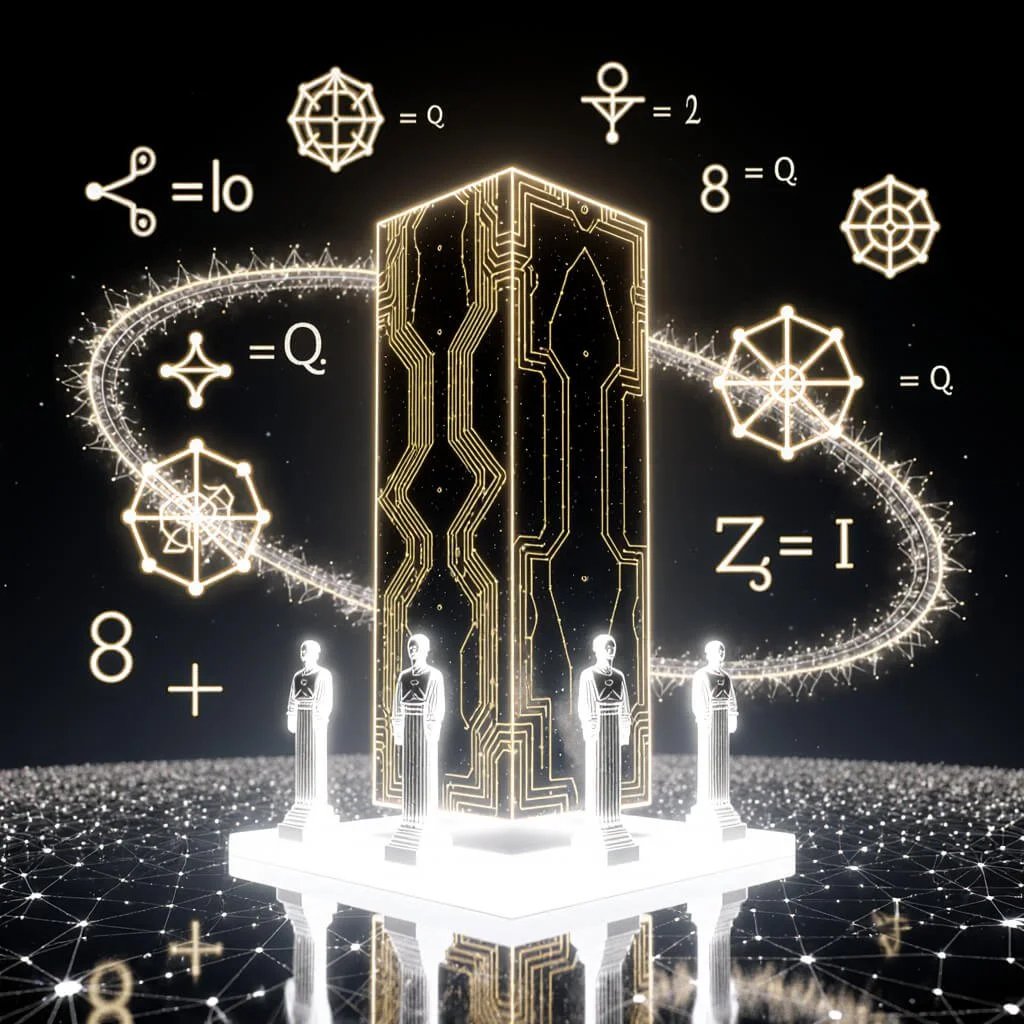Sacred Antlers: Exploring Mayan Deer Symbolism
Mayan deer symbolism reveals a profound connection between nature, spirituality, and cosmic order in ancient Mesoamerican culture. Revered as sacred animals, deer played a central role in Mayan mythology, representing fertility, sacrifice, and the delicate balance between the earthly and divine realms. From ceremonial hunts to celestial associations, the deer emerges as a powerful symbol woven into the fabric of indigenous belief systems.
In the pre-dawn darkness of the Yucatan forest, contemporary Maya hunter Don Aurelio performs a ritual his ancestors would recognize across millennia.
He places offerings of sacred breads and honey before a makeshift altar, whispering prayers to the forest spirits in ancient Yucatec Maya.
This is the Loojil Ts'oon—the "Deer Ceremony"—where hunters seek divine permission to take the lives necessary for their community's survival (Santos-Fita et al., 2015).
The ceremony connects modern Maya communities to one of Mesoamerica's most enduring and complex animal symbols: the deer. Far from being merely a source of protein, deer represented profound spiritual and temporal concepts that shaped Maya civilization for over two millennia.
From the earliest calendar notations carved in stone to the living rituals practiced today, deer symbolism reveals the sophisticated ways Maya peoples understood their relationship with the natural and divine worlds.
The Ancient Calendar Keeper: Archaeological Evidence of Mayan Deer Symbolism
The story of Maya deer symbolism begins in the shadows of antiquity, literally painted on the walls of forgotten temples.
At San Bartolo, Guatemala, archaeologists uncovered mural fragments that revolutionized our understanding of Maya calendar development. Among these precious remnants, dating to approximately 300-200 BCE, was a notation that would make headlines: "7 Deer" (Wuk Manik), representing the earliest known Maya calendar record (Stuart et al., 2022).
This discovery wasn't merely academic, it revealed that the deer had held calendrical significance since the Maya civilization's formative period. The Manik day sign, represented by a deer head, formed one of the twenty named days in the 260-day sacred calendar that governed Maya ritual and daily life.
The careful artistic rendering of the deer head at San Bartolo, with its characteristic antler formations and distinctive profile, demonstrates the symbolic importance Maya artists placed on accurate representation of this sacred animal.
Maya epigrapher David Stuart notes that deer head variants of the Manik day sign appear across the Maya world, from the murals of San Bartolo to the carved lintels of Yaxchilan, suggesting a shared symbolic vocabulary that transcended local variations (Stuart, 2024). This consistency across time and space indicates that deer symbolism represented fundamental concepts central to Maya worldview.
The archaeological record reveals deer imagery woven throughout Maya art and architecture. Ceramic vessels, stone monuments, and architectural facades frequently featured deer motifs, often in contexts suggesting religious or ceremonial significance.
At sites like Palenque and Copán, deer appear in complex iconographic programs alongside gods and rulers, indicating their elevated status in Maya cosmology.
The Living Tradition: Contemporary Maya Deer Ceremonies
The ancient reverence for deer didn't disappear with the Classic Maya collapse.
In the forests of Quintana Roo, Maya communities maintain hunting traditions that preserve centuries-old spiritual practices. The Loojil Ts'oon, documented by ethnographers, represents a sophisticated ritual complex that transforms the act of hunting from simple predation into sacred exchange.
"By performing the Loojil Ts'oon, the act of killing an animal is legitimized," explains researcher Dídac Santos-Fita. "The kill transforms into an exchange to perpetuate life, in which gods and Lords of animals grant the hunter the solicited new game if he has completed his ritual duties and has not broken the prescribed hunting rules" (Santos-Fita et al., 2015).
The ceremony reveals the complex spiritual ecology that continues to govern Maya relationships with deer. Hunters understand themselves as participants in a cosmic exchange system where taking life requires spiritual permission and reciprocal obligation.
The ritual involves specific offerings, prayers, and purification practices that must be performed correctly to maintain the spiritual balance necessary for successful hunting.
These contemporary practices provide invaluable insights into ancient Maya deer symbolism.
The modern Loojil Ts'oon likely preserves elements of pre-Columbian hunting rituals, offering archaeologists and ethnohistorians a window into how ancient Maya peoples might have understood their relationship with deer and the broader natural world.
The Sacred Hunt: Deer as Spiritual Mediator
In both ancient and contemporary Maya thought, deer occupy a unique position as mediators between the human and supernatural worlds.
Unlike domesticated animals that existed within human control, deer remained wild creatures that required spiritual negotiation to obtain. This liminal status made them powerful symbols of the boundary between civilization and wilderness, between human society and divine realm.
The deer's role as spiritual mediator manifested in multiple ways within Maya culture. Archaeological evidence suggests that deer were sacrificed during important ceremonies, their blood and meat serving as offerings to deities.
The animal's grace and speed made it an appropriate messenger between earthly and celestial realms, while its seasonal migration patterns connected it to agricultural cycles crucial for Maya survival.
Maya cosmology recognized deer as subjects of supernatural "owners" or "lords" who controlled their availability to human hunters. This belief system, documented in colonial and contemporary sources, positioned deer hunting as a form of spiritual diplomacy requiring proper protocols and offerings.
The Loojil Ts'oon ceremony exemplifies this diplomatic approach, treating the hunt as a negotiation with spiritual authorities rather than simple predation.
The deer's symbolic power extended beyond hunting contexts into broader concepts of abundance, fertility, and seasonal renewal. Maya agricultural ceremonies often incorporated deer imagery and references, connecting the animal's life cycles to the agricultural calendar that governed Maya civilization.
This agricultural connection reinforced the deer's status as a mediator between human needs and natural abundance.
Mystical symbolism of the deer in the ancient mayan culture
The persistence of deer symbolism across Maya culture, from ancient calendar notations to contemporary hunting rituals, reveals fundamental aspects of Maya worldview that transcend historical periods. The deer represents more than an animal; it embodies a way of understanding humanity's place within complex spiritual and ecological systems.
Modern Maya communities continue to practice the Loojil Ts'oon not as historical curiosity but as living tradition that addresses contemporary spiritual needs.
The ceremony provides a framework for ethical hunting that acknowledges the sacred nature of life while meeting practical subsistence requirements. In this way, ancient deer symbolism remains relevant to contemporary Maya peoples navigating modern challenges while maintaining cultural identity.
The archaeological discovery of the "7 Deer" notation at San Bartolo reminds us that Maya deer symbolism represents one of Mesoamerica's longest-documented cultural traditions. For over two millennia, Maya peoples have looked to the deer as a symbol of spiritual mediation, temporal measurement, and ecological wisdom.
This remarkable continuity suggests that deer symbolism addresses universal human concerns about our relationship with the natural world.
As we study Maya deer symbolism, we encounter a sophisticated culture that understood animals not merely as resources but as participants in complex spiritual ecosystems.
The deer's antlers, reaching toward the sky like branches of a sacred tree, continue to represent the Maya understanding that all life exists within interconnected webs of meaning that demand respect, reciprocity, and wonder.
In the forests of the Yucatan, where ancient temples stand witness to forgotten ceremonies, the deer still move through dappled shadows as they have for millennia.
Their presence continues to inspire reverence among Maya communities who understand that some symbols transcend time, carrying forward the wisdom of ancestors while adapting to the needs of each new generation.
References
Santos-Fita, D., Naranjo, E. J., & Rangel-Salinas, J. L. (2015). Symbolism and ritual practices related to hunting in Maya communities from central Quintana Roo, Mexico. Journal of Ethnobiology and Ethnomedicine, 11(1), 1-15.
Stuart, D. (2024, September 2). Day sign notes: Manik. Maya Decipherment. https://mayadecipherment.com/2024/09/02/day-sign-notes-manik/
Stuart, D., Hurst, H., Beltrán, B., & Saturno, W. (2022). An early Maya calendar record from San Bartolo, Guatemala. Science Advances, 8(13), eabl9290.
